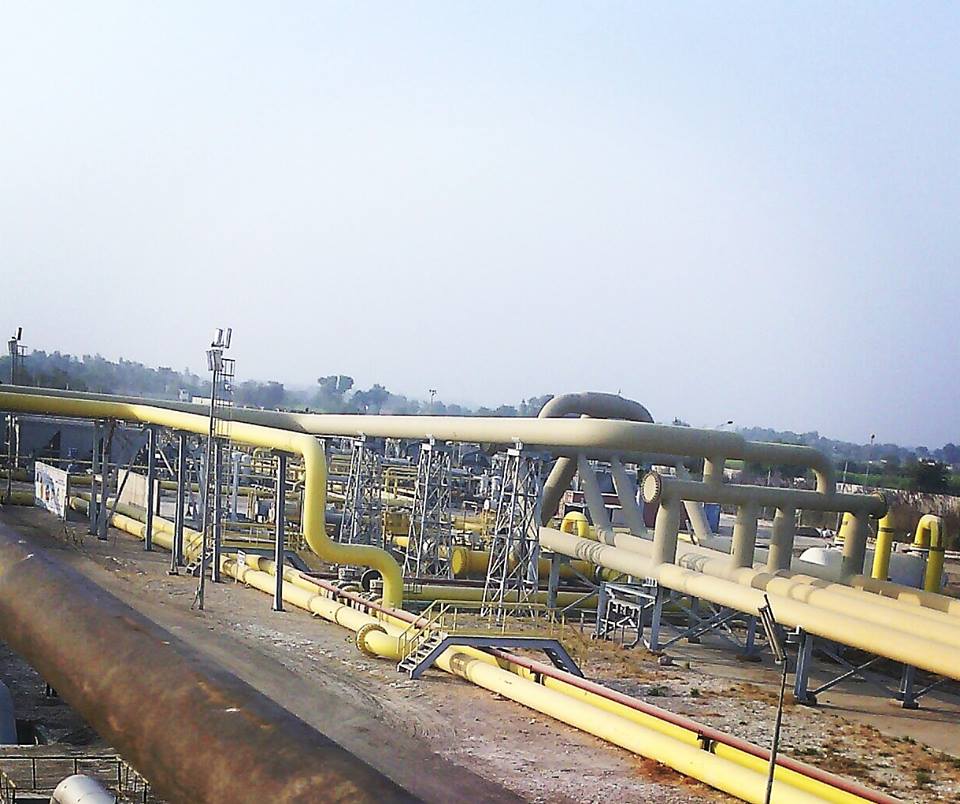|
Slug Flow
In fluid mechanics, slug flow in liquid–gas two-phase flow is a type of flow pattern. Lighter, faster moving ''continuous'' fluid which contains gas bubbles - pushes along a ''disperse'' gas bubble. Pressure oscillations within piping can be caused by slug flow. The word slug usually refers to the heavier, slower moving fluid, but can also be used to refer to the bubbles of the lighter fluid. This flow is characterised by the intermittent sequence of liquid slugs followed by longer gas bubbles flowing through a pipe. The flow regime is similar to plug flow, but the bubbles are larger and move at a greater velocity. Examples * Production of hydrocarbon in wells and their transportation in pipelines;. * Production of steam and water in geothermal power plants. * Boiling and condensation in liquid-vapor systems of thermal power plants; * Emergency core cooling of nuclear reactors. * Heat and mass transfer between gas and liquid in chemical reactors. See also * Slip ratio (gas ... [...More Info...] [...Related Items...] OR: [Wikipedia] [Google] [Baidu] |
Slugcatcher
Slug Catcher is the name of a unit in the gas refinery or petroleum industry in which slugs at the outlet of pipelines are collected or caught. A slug is a large quantity of gas or liquid that exists in the pipeline. Slugs Pipelines that transport both gas and liquids together, known as two-phase flow, can operate in a flow regime known as slugging flow or slug flow. Under the influence of gravity, liquids will tend to settle on the bottom of the pipeline, while the gases occupy the top section of the pipeline. Under certain operating conditions gas and liquid are not evenly distributed throughout the pipeline, but travel as large plugs with mostly liquids or mostly gases through the pipeline. These large plugs are called slugs. Slugs exiting the pipeline can overload the gas/liquid handling capacity of the plant at the pipeline outlet, as they are often produced at a much larger rate than the equipment is designed for. Slugs can be generated by different mechanisms in a pip ... [...More Info...] [...Related Items...] OR: [Wikipedia] [Google] [Baidu] |

